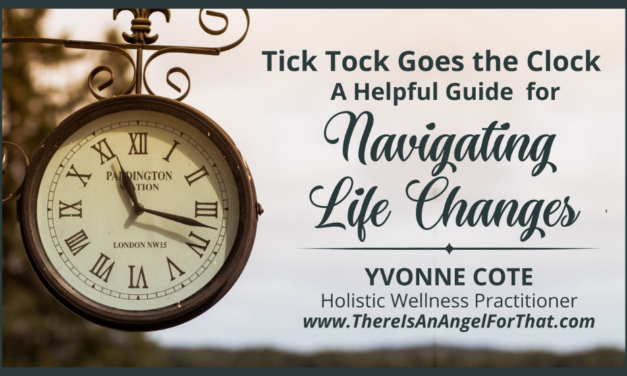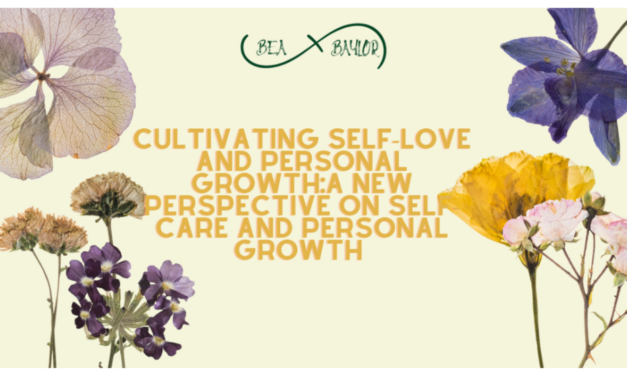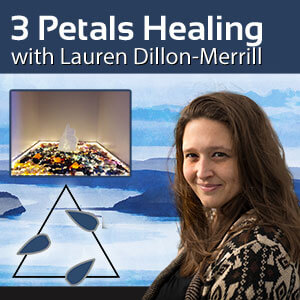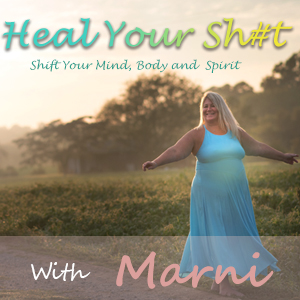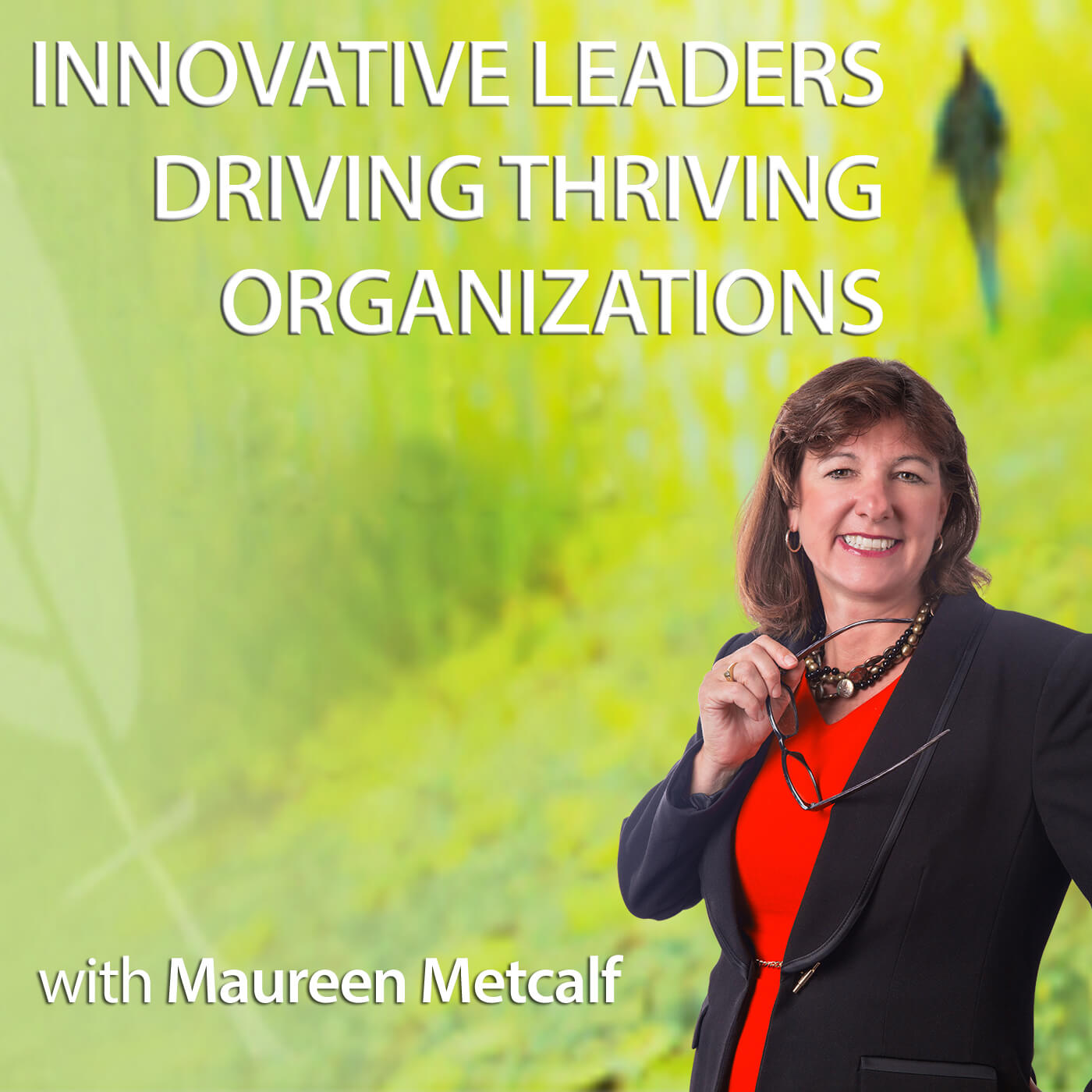Tick Tok Goes The Clock. A Helpful Guide for Navigating Life Changes
Change is the one constant in life that keeps us on our toes. Life, as we know it, is a series of...
Read Moreby Yvonne Cote | Nov 2, 2023 | Empowerment, VoiceAmerica | 0 |
Change is the one constant in life that keeps us on our toes. Life, as we know it, is a series of...
Read Moreby Bea Baylor | Oct 12, 2023 | Variety, VoiceAmerica | 0 |
Ultimately, the journey towards personal growth and self-discovery is a unique and individual one....
Read Moreby Stephanie Duguid | Oct 12, 2023 | Empowerment, VoiceAmerica | 0 |
When speaking to Jessica Ellison, Executive Director of the National Council for History...
Read Moreby VoiceAmerica | Mar 20, 2020 | Business | 0 |
For the next couple of weeks, we are doing a few extra blog posts as encouragement in these...
Read Moreby VoiceAmerica | Feb 28, 2019 | Influencers | 0 |
There are times in your life when you simply must listen to your gut. When your instinct leads to...
Read Moreby VoiceAmerica | Dec 1, 2016 | 7th Wave | 0 |
This week, Lauren will be sharing self-care and maintenance of the Heart Chakra, or the 4th...
Read Moreby VoiceAmerica | Nov 2, 2016 | Health & Wellness | 0 |
Common thoughts & phrases I hear from clients about Meditation: âI canât sit stillâ...
Read Moreby VoiceAmerica | Sep 26, 2016 | Business | 0 |
This blog is a companion to an interview with Dr. Deborah Zucker on Voice America Innovative...
Read Moreby VoiceAmerica | Feb 16, 2016 | Business | 0 |
Physical Therapist and Craniosacral Therapy (CST) practitioner Tracy Lin joined me on âTurn the...
Read More

